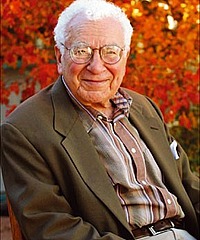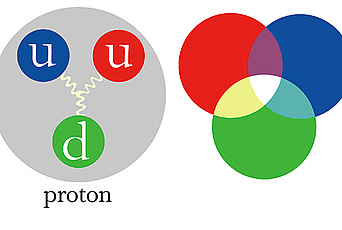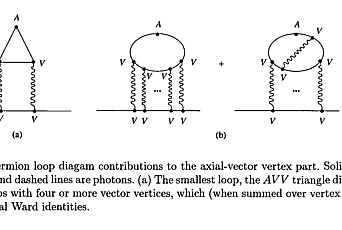
Murray Gell-Mann
Affiliation
From the New York Times:
“Murray Gell-Mann, who transformed physics with his preternatural ability to find hidden patterns among the tiny particles that make up the universe, earning a Nobel Prize, died on Friday at his home in Santa Fe. He was 89. Jenna Marshall, a spokeswoman for the Santa Fe Institute, where he held the title of distinguished fellow, announced his death.
Much as atoms can be slotted into the rows and columns of the periodic table of the elements, Dr. Gell-Mann found a way, in 1961, to classify their smaller pieces — subatomic particles like protons, neutrons, and mesons, which were being discovered by the dozen in cosmic rays and particle accelerator blasts. Arranged according to their properties, the particles clustered in groups of eight and 10.
. . . After Dr. Gell-Mann earned his doctorate at the Massachusetts Institute of Technology, in 1951, J. Robert Oppenheimer, who had directed the Manhattan Project, brought him to the Institute for Advanced Study in Princeton, N.J. From there he went to the University of Chicago and worked under Enrico Fermi. . . .
After quarks were confirmed indirectly in an experiment at the Stanford Linear Accelerator Center, in Menlo Park, Calif., Dr. Gell-Mann denied that he had ever doubted their existence. He went on to help explain how the tiny particles are permanently stuck together, keeping their fractional charges hidden from view. A “green” quark, a “red” quark and a “blue” quark (the labels were arbitrary) blended to form a “colorless” proton. It was Dr. Gell-Mann who named the theory quantum chromodynamics.
Nobel Laureate, Physics Prize, 1969

